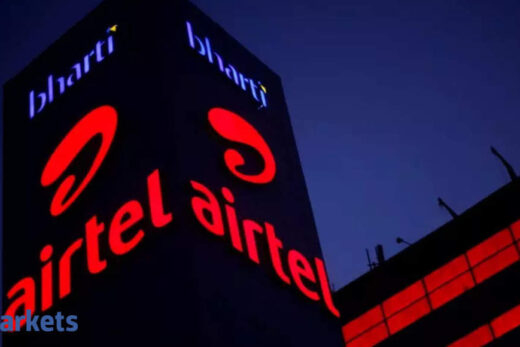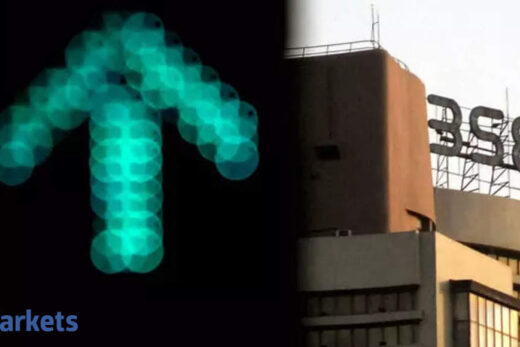By contrast,
and (Vi) suffered sequential RMS contractions, stung by reduced revenues from NLD services and heavy customer losses in the latter’s case. RMS is a measure of overall telecom market leadership.
Telecom market leader, Jio reported 242 bps gains on-quarter, taking its RMS in the fiscal first quarter to 39.5%. No 2 telco, Bharti Airtel’s RMS fell 82 bps sequentially to 34.9% while loss-making Vi lost further ground on this score, its revenue share plunging 119 bps on-quarter to a modest 18.6% in the April-June period, sector experts said, analysing latest telco financial data collated by the Telecom Regulatory Authority of India (Trai).
“Jio has been growing well across circle categories, and it has the additional benefit from good acceptance of the new JioPhone offer, while Airtel’s (actual) RMS in Q1FY22 was 32.7%, though adjusted for a one-off other income of Rs 1,000 crore, stood at 34.9%, down 82 bps on-quarter,” ICICI Securities said in a note seen by ET.

It added that Airtel’s RMS for the past two quarters was “inflated as it benefitted from higher other income, by way of dividend received from Indus Towers and Nettle Infrastructure, and accordingly, expects the telco’s RMS to decline further in the current quarter (read: Q2FY22) with normalisation of other income”.
Emkay Global said “Airtel’s NLD revenues were down 16% on-quarter, causing a sequential contraction in its RMS,” while Jio’s rose 11% sequentially, helping it to post an RMS expansion in the June quarter.
Analysts said Vi’s RMS had shrunk significantly to just 18.6% in the June quarter due to a sharp decline in subscribers, including 4G users. The cash-strapped telco lost 12.3 million customers in the April-June period, still unable to pump in the necessary capex required to compete effectively with Jio and Airtel who operate stronger 4G networks.
Trai data showed Jio and Airtel quarterly adjusted gross revenue (including NLD revenue) rose 10.5% and 1.3% sequentially to Rs 18,100 crore and Rs 16,000 crore respectively in the fiscal first quarter, while Vi’s fell 2.5% on-quarter to Rs 8,500 crore.
Emkay said Airtel’s modest sequential AGR rise was driven by “the standalone Bharti entity, as TTSL (whose consumer mobility business the telco acquired four years ago) saw a 5% qoq decline”.
Brokerage CLSA said while prepaid data tariff hikes are awaited from both incumbents, Airtel and Vi, “this is unlikely before next month’s rollout of the JioPhone Next, Jio’s budget smartphone developed with Google. More so, since Jio’s prepaid data rates are still the lowest with 7- 20% discounts on 28/84 days plans,” it added.
Since prepaid 4G smartphone users segment garners bulk of telcos’ revenues, a hike in this is critical for both Vi and Airtel to boost cash generation for meeting their upcoming adjusted gross revenue (AGR) dues and other payment obligations.
Overall June quarter sectoral AGR (including NLD) rose 3.7% sequentially to Rs 45,700 crore, with ICICI Securities attributing this to “sustained growth in industry sub-base, steady customer migrations from 2G to 4G (services) and a rising base of postpaid subs”.



